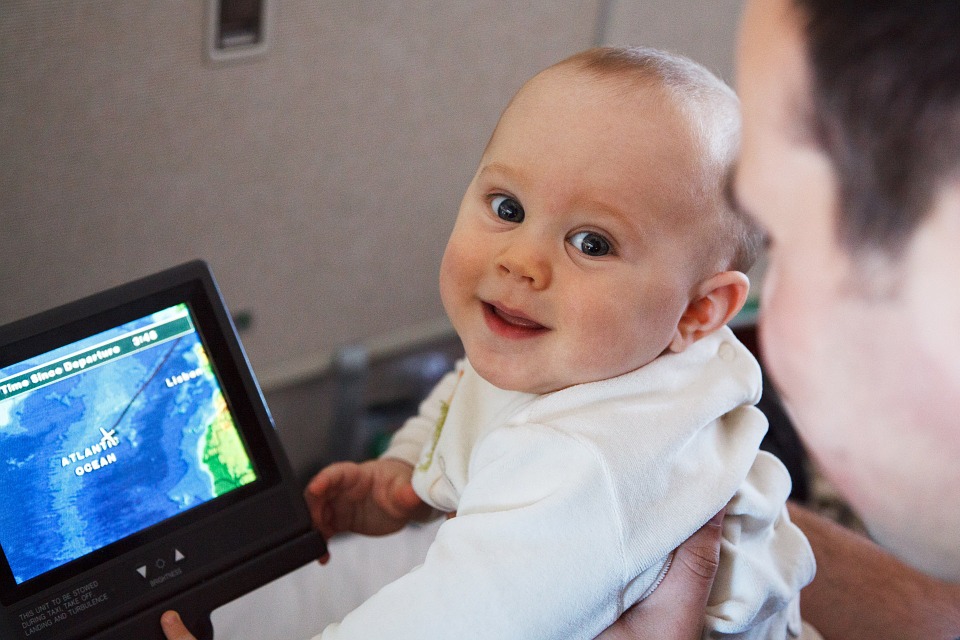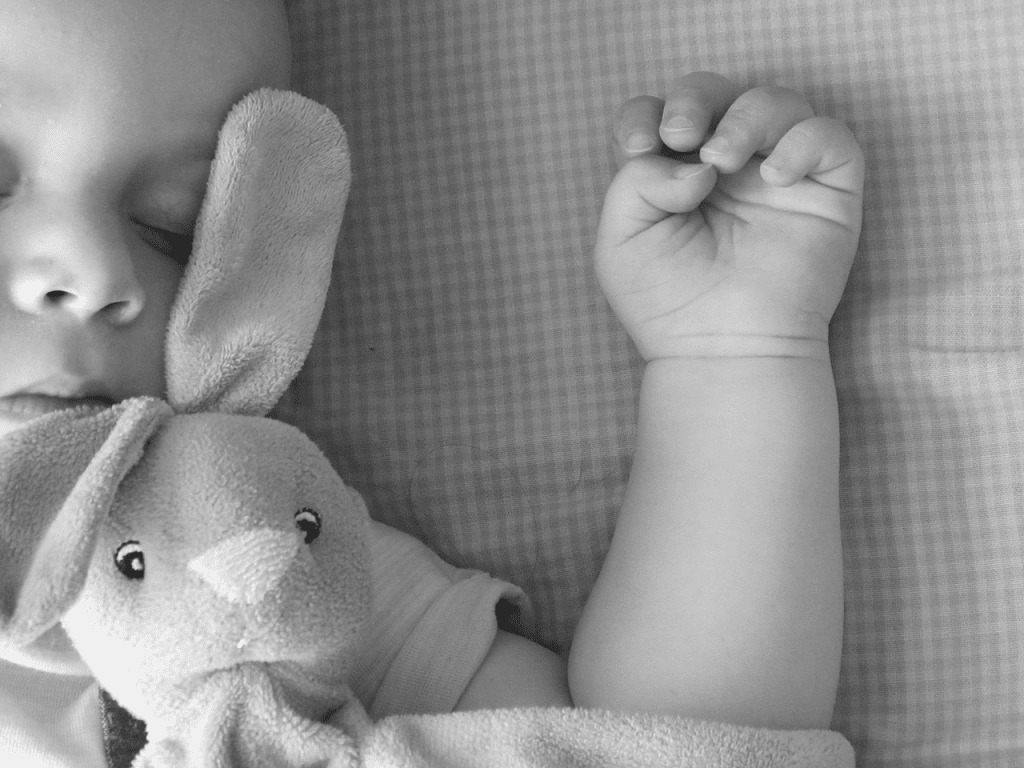
After a lifetime spent observing other parents tote their infants along on plane rides, it’s finally your turn! You’ve likely seen both successful and not-so-successful attempts by other families as they’ve tried to keep their little ones safe, happy, and quiet during the trip. Let’s face it, though – traveling with an infant can be tricky at best. You don’t want to disturb other passengers, you’re constantly worried about your baby’s ears and other possible discomforts, and you likely want a smooth ride for yourself, too.
The good news is, there are a number of ways to prepare yourself and your baby for smooth sailing all around the world. Use these three steps to ensure that every potential obstacle will be met head on and conquered with ease.
Top Tips for Traveling with an Infant
1. If Your Baby is Coming on the Plane, Drive and Fly
A hugely important aspect that many new parents fail to plan ahead for is the transportation to and from the airport itself – not just the flying part. While it’s easy to leave this step forgotten until the last minute, a little preparation will go a long way in adding a higher level of ease to your trip.
Many states and provinces require infants to ride in approved car seats whenever they’re traveling in a vehicle. The issue when it comes to flying is that often times, public transportation or taxis are the easiest way to get around, which means your baby’s car seat has to stay home.
To avoid any hassle with trying to keep your baby safe and sound while getting to and from the airport, plan to drive and park at a nearby lot instead of relying on public transportation. Not only will your little one be much more secure in the car seat you own, you’ll also be able to take it on the plane if it’s FAA-approved and you’ve purchased an extra ticket. If you’re not sure whether or not your car seat fits this criteria, search for a label that says “certified for use in motor vehicles and aircraft.”
2. Check the Airline’s Stroller Policy Before Taking Your Infant on the Plane
Once you’ve made it from your home to the airport, the next step to flying with your baby is getting him or her to the gate and onto the plane. Of course, while this might sound simple, it’s not so easy when luggage is involved – especially while making your way through security checkpoints.
The smoothest way to make this transition is by bringing your own stroller, but it’s prudent that you confirm with your airline whether or not your specific stroller model will be allowed past the ticket counter. Most airlines will let you bring your stroller all the way to the plane before stowing it with the rest of the luggage; you’ll get a tag for it when you check in. However, with a larger, more complex stroller, you might be asked to check it at the ticket counter before even making your way past security.
There’s nothing more challenging than trying to care for your infant while removing shoes, jackets, belts, laptops, toiletries, and more from yourself and your luggage. The best way to avoid the hassle is by calling ahead to confirm that your stroller will be allowed past security.
If it’s not, don’t worry – your airline might provide one of their strollers for you. If you’re adamant about taking your own, though, call ahead to confirm, or purchase a temporary “umbrella” stroller just for travel. Make sure it will support your infant’s head if they’re not quite old enough to sit up on their own.
3. Make Flying With Your Infant Easy By Reserving the Right Seat
Making it from your home and onto the plane is where behind the scenes action takes place. Once you’re on the plane, though, you’ll want to make sure all your meticulous planning doesn’t fall short.
There are two ways to ensure your flight will be as painless as possible:
- Make sure you have an aisle seat. It doesn’t matter if your little one can walk yet; regardless of their mobility, expect for them to be restless during the flight. They’ll want to get up and explore the cabin much more often than your average passenger. Instead of asking your seat mates to let you out of the row every time your baby needs to stretch out, book an aisle seat for absolute ease.
- Choose a seat that allows space for a bassinet. Especially on international flights, your baby will need a comfortable place to sleep. Fortunately, many airlines allow you to call ahead and reserve a bassinet. Generally, this will put you in a seat that has a row separator in front of it (the bulkhead row) – one that a small bassinet can be attached to and hung from. Having a bassinet will work wonders on improving your flight, so call ahead and make sure your airline will reserve one for you. Another tactic is to use Seat Guru’s search tool to see whether or not baby bassinets are available on your specific flight.
Flying with your baby can seem like an overwhelming task to accomplish. By following the key steps above (plus these bonus tips), your fears and apprehension will soon dissolve. Take to the skies, and let your baby see the world right alongside you.


